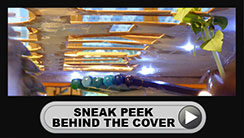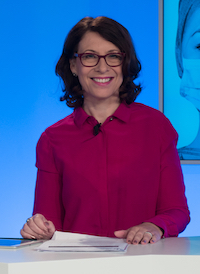
Claire Doole is a former BBC correspondent and international spokeswoman who is passionate about helping people communicate with confidence. Since 2006, she has successfully trained hundreds of professionals in the art of presenting and public speaking, talking to the media, managing communications in a crisis, and writing for the web. In addition, she has coached C-level executives and public figures to give powerful TEDx and TED style talks in Europe and the Middle East. A Swiss and UK national, Claire trains and coaches in French and English.
Claire is also a highly experienced moderator having facilitated panel discussions with government ministers, NGO activists, humanitarians and human rights specialists at major events.
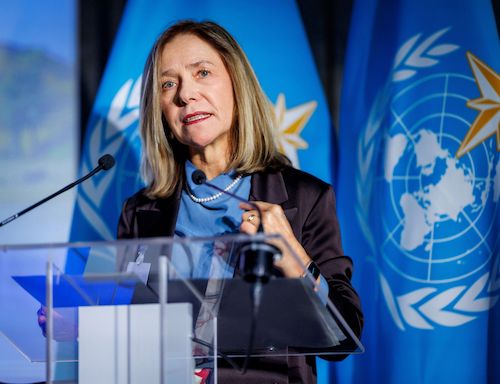
Celeste Saulo WMO
By Claire Doole, www.doolecommunications.com
From the time humans gathered around fire, our minds have been drawn to stories. It’s instinct — the way our brains lean forward when a tale begins, eager to connect, to feel, and to imagine what comes next. Stories don’t just entertain us. They move us and inspire us.
I am always struck by it – rooms filled with overcomplicated PowerPoint slides and speakers piling on facts like bricks, rather than telling a good story whose emotional pull, if well told, we will always remember.
Below are three examples of good storytelling during an event that I hope will inspire you to tell more stories.
1) Stories on panels: At Geneva Peace Week, I helped the Women’s International League for Peace and Freedom design a panel where the speakers were asked to share their stories with the audience. The team created a space for the audience to think differently and listen deeply. People were shown to their seats by torchlight. They listened in darkness to an audio recording we created to mark an event in history, and then the moderator went on stage.
She turned on the light next to her and asked each speaker one by one to turn on their side light and tell a 3-minute story before she moderated a discussion. It was a STAR panel (something they will always remember).
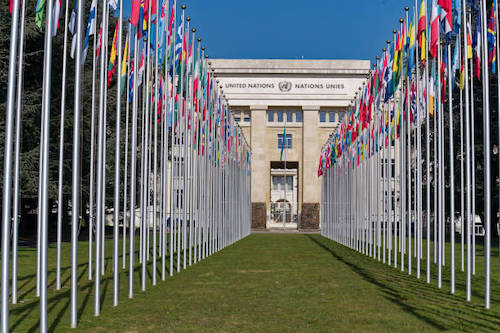
By Claire Doole, www.doolecommunications.com
Geneva brands itself as the humanitarian capital of the world. Its ecosystem of UN agencies, international organisations and NGOs contribute to what is known as “International Geneva”. Yet since the arrival of President Trump in the Oval Office, international Geneva has been facing an existential crisis.
Many of these organisations depend heavily on US funding – in some cases it accounts for up to 25% of their budget. On top of this European donors are shifting development budgets to military spending and the UN has itself launched an initiative - UN80 - to downsize in order to be more efficient.
In these uncertain times, leadership communication is more important than ever.
Heads of organisations are having to make tough decisions on the programmes they cut, the contracts they don’t renew and the people they fire. According to local media 30,000 jobs are expected to go.
In times of crisis the ways leaders communicate can determine whether people feel trust, clarity and resilience or confusion and fear. More generally if done well it can drive change and enhance performance. Successful leaders influence guide and inspire others towards a share goal.
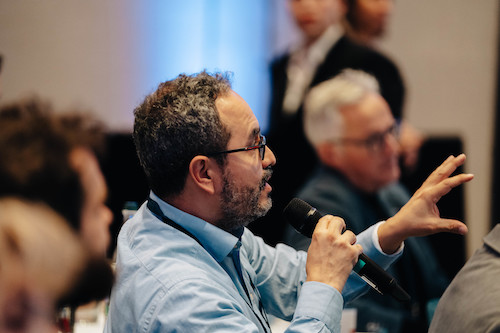
By Claire Doole, www.doolecommunications.com
In last month’s post, I shared some tips and techniques on the art of handling audience questions - whether you’re online, in-person, or in front of a tough crowd.
Now let’s take things a step further. What happens when the question is messy, hostile, or downright confusing? How do you respond when you're caught off guard—or worse, when no one asks anything at all?
Below are some tips and techniques:
- Reframe convoluted questions: If a question is overly long, vague, or hard to follow, help your audience by tightening it up.
“I am sorry I can’t quite grasp every detail of your question, but I would like to respond to your part about X” - Be clear when you don’t know the answer: You can’t have all the answers. Here are three options on what to say when you don’t have the answer:
i. Say ‘I don’t know’ – you’ll get back to them. Never, ever, guess.
ii. Ask someone in the audience to respond who is an expert on the subject.
iii. ‘I’m not 100% sure’ When you say this you’re not saying ‘I don’t know’, you’re saying ‘I’m not completely sure’, which is a totally different thing. - Answering challenging questions: When faced with a challenging question from that angry staff member, board member or at an official hearing – you need to employ the ABC technique I teach in media training - acknowledge the question, potentially reframing it before you bridge to a broader point you want to make – moving from the specific to the general.
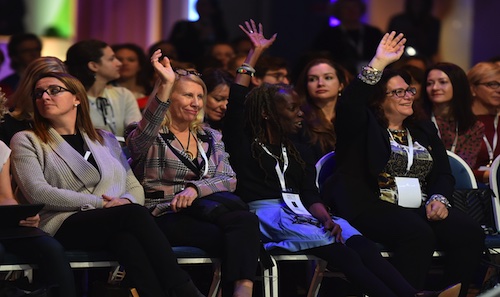
By Claire Doole, www.doolecommunications.com
For some presenters, the Q&A is the best part of any speaking engagement. They are more at ease, enjoy the exchange and sharing knowledge.
But for others, the question-and-answer segment can be extremely testing even for the most seasoned presenter. Here are a few challenges:
- Online events: Questions pour in via the chat, leaving the presenter frantically scrolling up and down to find the pertinent questions.
- External events or conferences: When audience members seize the opportunity to talk about their organization or experience, rather than ask a question to the presenter. (As a panel moderator, a comment rather than a question from audiences is an occupational hazard!).
- Town halls: When the presenter/speaker is faced with a challenging staff member, keen to ask that killer question.
- Formal meetings or hearings: The presenter is required to answer many questions in a fixed amount of time, often from members who ask multiple questions on a wide variety of subjects.
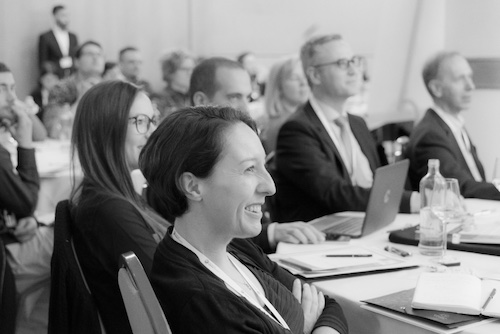
By Claire Doole, www.doolecommunications.com
“Organising an event can be a lot of work for little return” is increasingly the refrain I hear from communication and marketing teams.
They take up a lot of time and resources to prepare and publicize but fail to attract commensurate audiences.
For some, there are just too many side events in competition with each other for audiences and even for speakers. This was certainly the case at the World Economic Forum in Davos this year, and at the AI summit in Paris – where I am told some events attracted as few as 15 attendees.
In Europe budgets are tight, and cuts in US funding are making international and non-governmental organizations reassess their priorities.
Some events previously considered a nice to have but not essential may now be shelved. Others, such as annual congresses, assemblies or UN World Days marking the goals of the organization, may have to statutorily go ahead.
So how do you get more bang for your buck in these economically challenging times?
This month I was asked to give a talk in London to members of the Global Communications Development Network about the secret of engaging events.
Latest news
- 1
- 2
- 3
- 4
- 5
- 6
- 7
- 8





